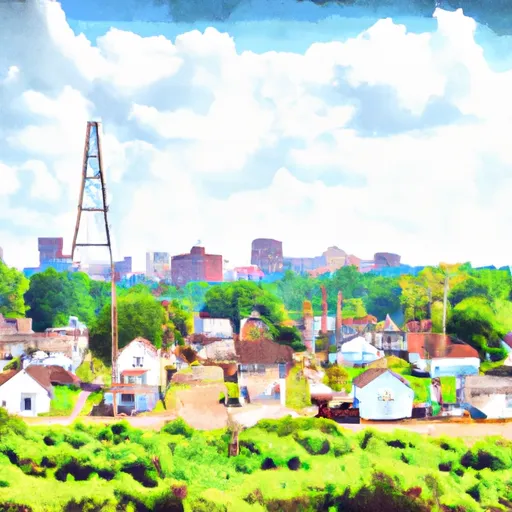°F
°F
mph
Windspeed
%
Humidity











Whitehouse, Ohio is a charming village located in Lucas County. The climate in Whitehouse is characterized as a humid continental climate, experiencing warm summers and cold winters. Average summer temperatures range from 70°F to 85°F, while winter temperatures can drop to 20°F. The area receives moderate rainfall throughout the year, with an average annual precipitation of around 35 inches.
Whitehouse is home to diverse hydrology constituents, with the Maumee River being a prominent feature. The river not only adds natural beauty to the surroundings but also offers opportunities for water-based activities such as fishing, boating, and kayaking. Additionally, the village is dotted with small lakes and ponds, further enhancing the hydrological landscape.
For outdoor enthusiasts, Whitehouse offers a range of recreational opportunities. The village boasts several parks and nature preserves, providing ample space for hiking, biking, and picnicking. The Wabash Cannonball Trail, a popular multi-use trail, runs through Whitehouse, offering scenic views and pathways for walking, jogging, and cycling. The area also has golf courses, sports fields, and playgrounds, making it a great destination for active individuals and families.
In summary, Whitehouse, Ohio presents a pleasant climate, abundant hydrology constituents, and various outdoor recreation opportunities, making it an attractive location for nature lovers and outdoor enthusiasts.
Weather Forecast
Whitehouse receives approximately 887mm of rain per year, with humidity levels near 83% and air temperatures averaging around 10°C. Whitehouse has a plant hardyness factor of 6, meaning plants and agriculture in this region thrive during a short period during spring and early summer. Most plants will die off during the colder winter months.
Regional Streamflow Levels
47
Cubic Feet Per Second
291
Cubic Feet Per Second
24
Cubic Feet Per Second
56
Cubic Feet Per Second
Nearby Camping
| Camping Area | Reservations | Toilets | Showers |
|---|---|---|---|
| Bishop Lake - Brighton Rec Area | |||
| Highland State Rec Area | |||
| Murray Lake - Brighton Rec Area | |||
| Mary Jane Thurston State Park | |||
| Camp Dearborn | |||
| Appleton Lake - Brighton Rec Area |



